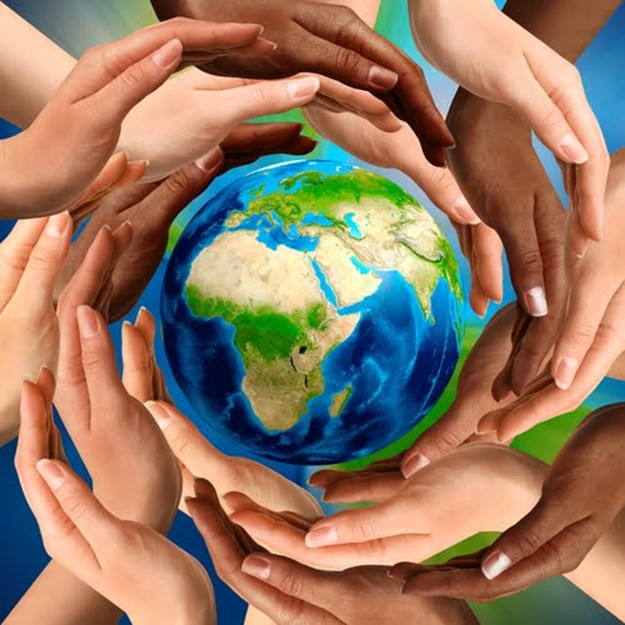
Dan Pallotta argued that charities should be run like businesses: pay executives high salaries, advertize to build market share, and even float on the stock market. Perhaps then we could build orphanages on the scale that we build McDonald’s. Highlights of the argument include:
- We have an emotional reaction to charities that use money to pay their employees high salaries rather than help the poor, but that means that the best and brightest don’t go to work for charities, and this ultimately hurts the poor.
- If you’re rational then you should continue to spend money on advertizing as long as the money you get from contributions as a direct result of advertizing is more than the money you spent. Yet we don’t like our charities using their donations to advertize, and as advertizements from other businesses continue, charities won’t be able to steal market share from the private sector – because they can’t advertize.
- Accept failure. Not every business initiative succeeds, and not every charity event will raise as much money as expected. Charities must take risks.
- Give them time. Startups go for years just building their capacity without generating profits. Charities might not generate donations immediately. Give it time, it’s an investment.
- Offer dividends through a stock market to attract more capital.
Read more about the money we would have to raise to fight poverty, how we can enable this change, how we would measure performance, and how this all relates to the first settlers in the New World over here.
Source: The Wall Street Journal


















Join the Discussion! (No Signup Required)